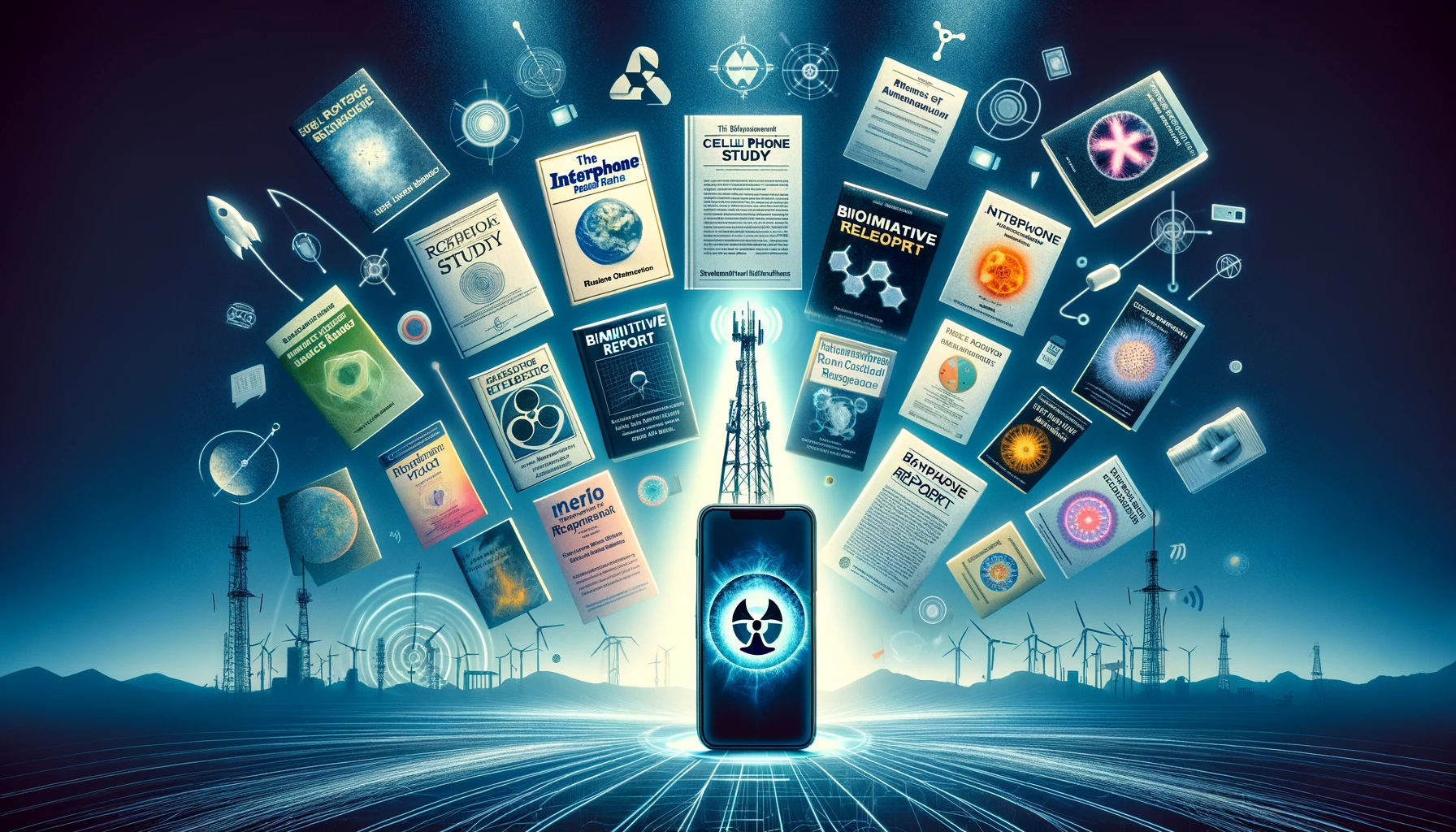Exploring the Connection Between Mobile Phone Use and Brain Tumors:
Click here to go back to why Elon Musk and the New York Times got it wrong on cell phone radiation.
The current study involved 253 cases of gluomas and 194 cases of meningiomas registered in four areas in France between 2004 and 2006 and 892 matched controls from the local electoral rolls.
Introduction: In the modern era, where mobile phones have become an inseparable part of daily life, concerns about their health implications have sparked a global debate. Central to this debate is the potential carcinogenic effect of radiofrequency electromagnetic fields emitted by these devices. Amidst a sea of conflicting opinions and research, the CERENAT (Cerebral Tumors: A Case-Control Study) case-control study emerges as a pivotal piece of research, offering crucial insights into the association between mobile phone use and brain tumors in adults. This study stands as an important contribution to understanding the potential risks posed by one of the most widely used technologies today.
Study Overview: Conducted in France between 2004 and 2006, the CERENAT study adopted a multicenter case-control approach to investigate the relationship between mobile phone use and brain tumors. It meticulously gathered data from a substantial number of participants using detailed questionnaires administered face-to-face. This method ensured the accuracy and reliability of the data collected, covering various aspects of mobile phone usage. The researchers then employed conditional logistic regression for matched sets, a statistical method adept at analyzing case-control studies, to estimate adjusted odds ratios (ORs) and their 95% confidence intervals (CIs), thereby providing a robust analytical framework for their findings.
Key Findings: The CERENAT study’s results offer a nuanced view of the relationship between mobile phone use and brain tumors. Initially, the study found no significant association between regular mobile phone usage and the incidence of brain tumors when comparing regular users with non-users. However, a deeper analysis revealed notable findings among the heaviest users.
The study observed a statistically significant increase in risk for gliomas and meningiomas with life-long cumulative usage (≥896 hours) and a high number of calls. Particularly striking was the increased risk for gliomas, temporal tumors, and mobile phone use in occupational and urban settings, suggesting a more complex interaction between mobile phone radiation and brain tumor development than previously understood.
Implications: The implications of the CERENAT study are far-reaching, especially in light of the widespread use of mobile phones globally. These findings bring to light the need for more stringent public health guidelines and safety regulations regarding mobile phone use. They also underscore the importance of informed usage, particularly among heavy users who may be at greater risk. The study’s revelations could significantly influence the direction of future research, as well as policy-making in the realms of public health and telecommunications.
Conclusion: The CERENAT study is a significant addition to the corpus of research examining the safety of mobile phone usage. By highlighting potential risks associated with heavy and long-term use, it contributes to a more comprehensive understanding of how these ubiquitous devices might impact our health. As we continue to integrate mobile phones into every aspect of our lives, the importance of ongoing research in this field cannot be overstated. Based on the study’s findings, mobile phone users, particularly heavy users, might consider adopting practical measures to mitigate potential risks, such as reducing call duration and using hands-free devices.
Disclaimer: It’s important to recognize that the CERENAT study is one among many research efforts exploring the potential health impacts of mobile phone use. Its conclusions should be viewed in the context of a broader body of research, including studies by the National Toxicology Program (NTP), the Ramazzini Institute (RI), and findings related to the FCC lawsuit over safety guidelines. As with any scientific inquiry, these findings necessitate caution and underscore the need for continued research to deepen our understanding of mobile phone radiation and its effects on human health.








